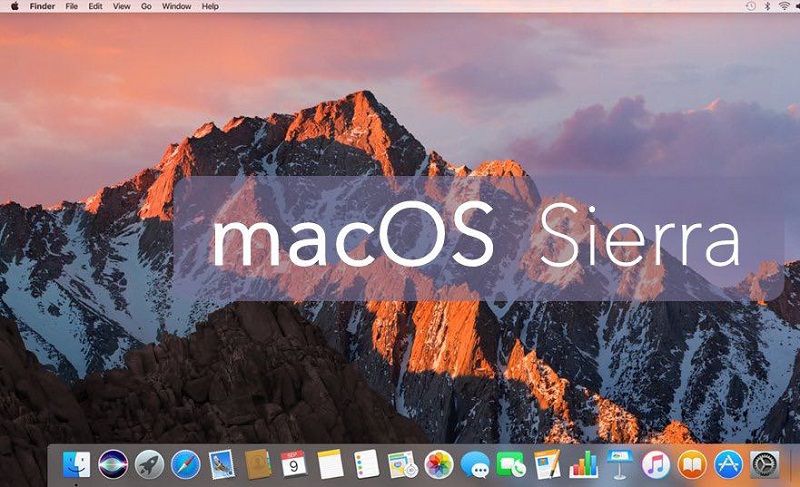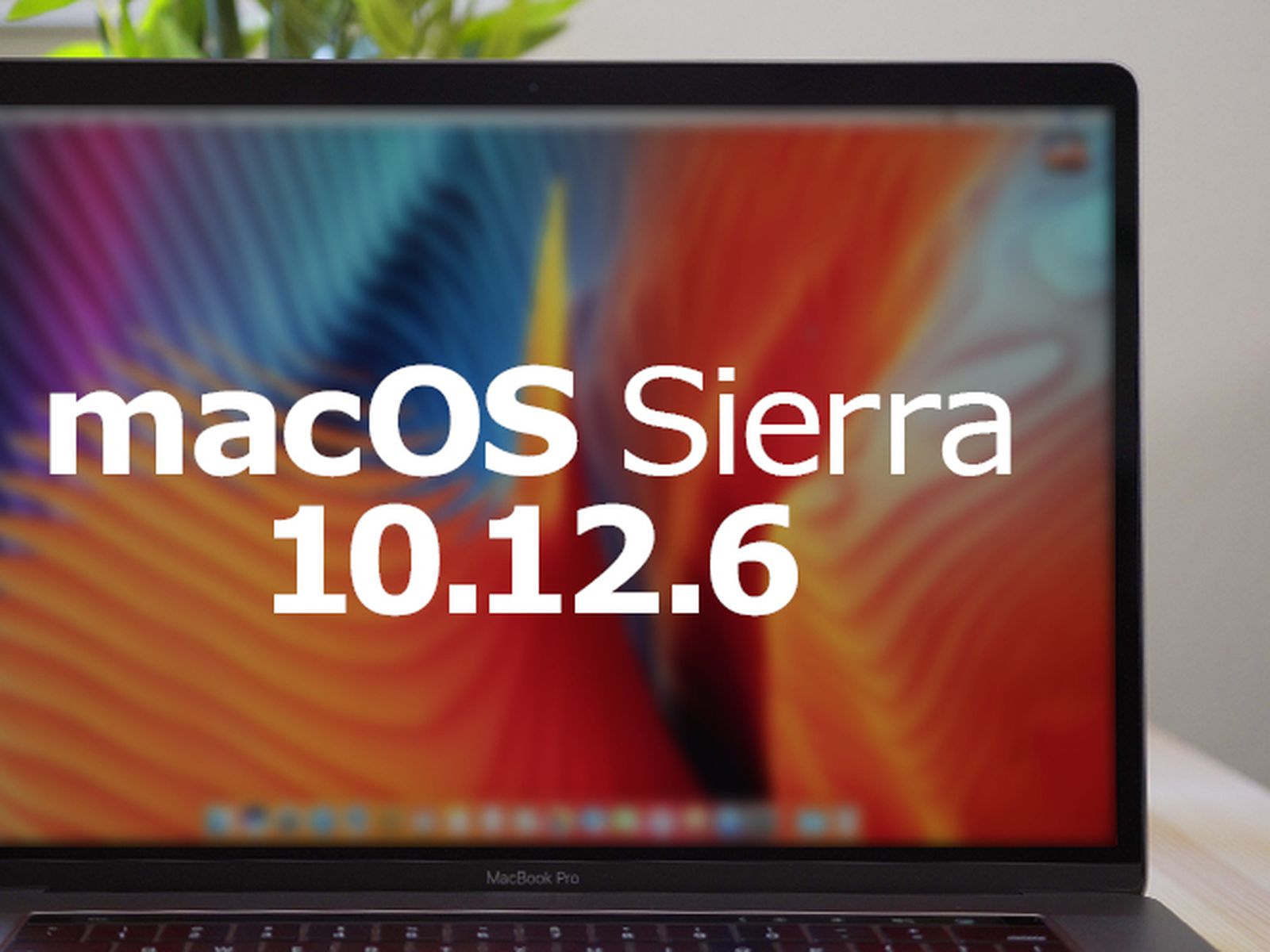

- #Mac os sierra vs yosemite how to
- #Mac os sierra vs yosemite install
- #Mac os sierra vs yosemite software
- #Mac os sierra vs yosemite code
- #Mac os sierra vs yosemite download
Latest release also includes support for Windows 10*.
#Mac os sierra vs yosemite code
The API layer is a set of libraries and dlls that can be called and offers the flexibility to build the tool within code sections of an application. The multi-socket support essentially evaluates the Energy MSR on a per-socket basis and provides an estimate of power draw per socket. In version 3.0 there are additional features that include estimation of power on multi-socket systems as well as externally callable APIs to extract power information within sections of code.
#Mac os sierra vs yosemite software
The motivation for the tool was to assist end-users, ISV’s, OEM’s, developers, and others interested in a more precise estimation of power from a software level without any H/W instrumentation.

Traditional methods to estimate power/energy usage of the processor has always been a cumbersome task that included special purpose tools or instrumentation on the platform along with third party equipment. Starting with version 3.5 and going forward, only the 64-bit version and Windows 8* will be supported. Windows 7* and 32-bit versions of the Intel® Power Gadget for Windows* has ceased development from 3.0.7. With this release, we are providing functionality to evaluate power information on various platforms including notebooks, desktops and servers. It is supported on Windows* and macOS* and includes an application, driver, and libraries to monitor and estimate real-time processor package power information in watts using the energy counters in the processor. Intel® Atom™ processors are not supported. Intel® Power Gadget is a software-based power usage monitoring tool enabled for Intel® Core™ processors (from 2nd Generation up to 10th Generation Intel® Core™ processors).
#Mac os sierra vs yosemite download
#Mac os sierra vs yosemite install
Use the Update buttons to download and install any updates listed.Click Updates in the App Store toolbar.If you're using an earlier macOS , such as MacOS High Sierra, Sierra, El Capitan, or earlier,* follow the following steps to keep it up-to-date: MacOS updates prior to Mojave follow this set of instructions: To automatically install MacOS updates in the future, including apps that were downloaded separately from the App Store, select ”Automatically keep my Mac up to date.” Your Mac will notify you when updates require a restart, so you can choose when to have the updates installed.To find updates for iMovie, Garageband, Pages, Numbers, Keynote, and other apps that were separate downloads from the App Store, open the App Store on your Mac, then click the Updates tab.That includes Safari, iTunes , Books, Messages, Mail, Calendar, Photos, and FaceTime. When Software Update says your Mac is up-to-date, the installed version of MacOS and all of it's apps are also up to date. MacOS Mojave or Later follow this set of instructions :

Or click More info to see details about each update and select specific updates to install.
#Mac os sierra vs yosemite how to
How to Update the OS software on your Mac, Mojave or laterįor all MacOS upgrades follow steps 1 and 2 below.


 0 kommentar(er)
0 kommentar(er)
